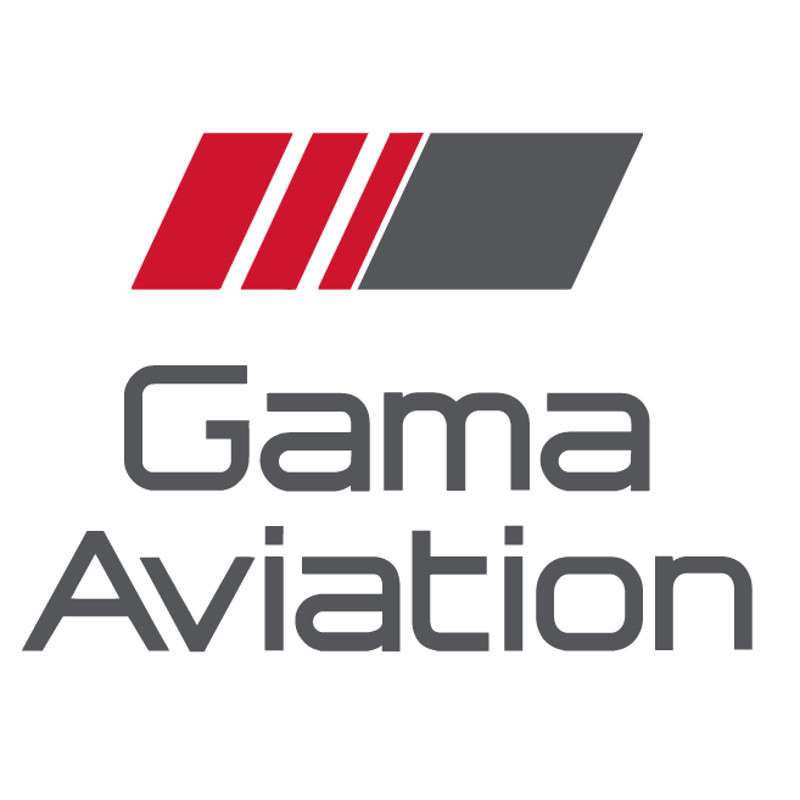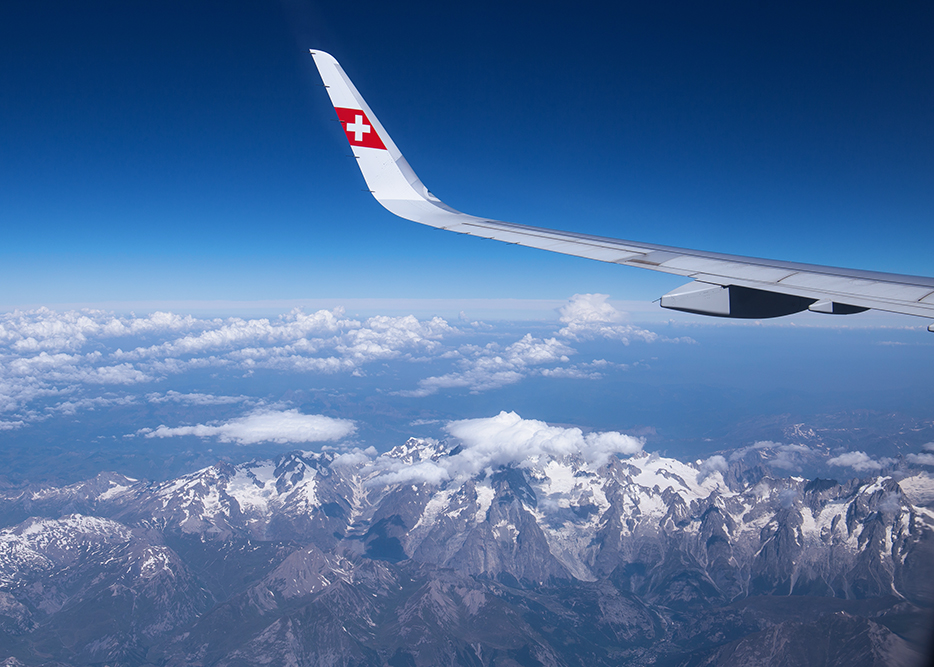
Gama Aviation
Thanks as always for your time and continued patience.

The Swiss Emissions Trading System (ETS), aligned with the EU ETS since January 1, 2020, marks a pioneering effort in harmonizing carbon reduction initiatives across borders. This collaboration, endorsed by the Swiss Parliament in 2019, encompasses aviation and fossil-thermal power plants, promoting equitable and efficient carbon pricing. Our services in Swiss ETS verification stand for excellence, ensuring rigorous compliance with both Swiss and EU standards for accurate, reliable emissions reporting and verification.
The Swiss Emission Trading Scheme (ETS) and the EU Emission Trading System (ETS) were linked on January 1, 2020. This agreement means that operators now report intra-EEA flights, Swiss domestic flights, and flights between Switzerland and the EEA through a single Competent Authority, the Federal Office of Civil Aviation (FOCA) for Swiss operators.
The linked ETS covers intra-EEA flights, flights between the EEA and Switzerland, and Swiss domestic flights. Flights departing from the EEA and arriving in Switzerland fall under the EU ETS, while Swiss domestic flights and flights departing from Switzerland and arriving in the EEA are accounted for in the Swiss ETS.
A one-stop-shop approach streamlines compliance, where operators report to only one authority, submit emission reports and monitoring plans to one registry, and surrender allowances for both systems through the same process.
The table below summarizes the distinction of coverage of flights under each of the systems.
Allowances, including free allowances, can be used interchangeably to meet surrendering obligations for both EU ETS and Swiss ETS. Qualified operators have received additional free allowances based on the expanded scope of EU ETS to include EEA-Switzerland flights. Operators eligible for Swiss free allocation have been informed by FOCA about the allocated amount.
Begin by accurately monitoring your emissions throughout the year. Collect and consolidate this data to prepare a comprehensive annual emissions report, ensuring all relevant activities within the scope of the Swiss ETS are covered.
Conduct a thorough assessment of Swiss ETS requirements. Gather a specialized team dedicated to verification preparation, including scheduling, and planning all necessary verification activities in alignment with ISO 17029 principles.
Choose Normec Verifavia to conduct an independent assessment. Our role is critical in ensuring the integrity and credibility of the verification process.
Implement a strategic and risk-based analysis specific to the Swiss ETS. This step involves developing and executing a detailed verification plan that addresses the nature, scope, and timing of the verification. This plan includes comprehensive data analysis and, if necessary, site visits to validate reported emissions data.
Ensure ongoing transparency by maintaining an Issues Log throughout the verification process. Compile and assess internal findings, subject them to an independent technical review to ensure compliance with ISO 17029 and finalize with a Verification Statement or Opinion that confirms your adherence to Swiss ETS requirements.
Complete the process by adhering to the Swiss ETS’s specific submission guidelines. Submit your verified emissions report along with the Verification Opinion Statement to the relevant authority to obtain the final approval, thus demonstrating your compliance with both the Swiss ETS and ISO 17029 standards.
With the goal of minimizing administrative burden for aircraft operators and noting the linking of the Swiss ETS and the EU ETS, compliance with Swiss ETS will be reached together with compliance for EU ETS, through a “one-stop-shop” approach. All compliance processes and procedures will be handled via a single Competent authority (CA).
Operators based in Switzerland have had their Competent Authority (CA) change to the Federal Office of Civil Aviation (FOCA). Competent Authorities remain unchanged for other operators.
Since Swiss ETS will be administered through the “one-stop-shop,” the deadline will be the same as for the EU ETS (typically March 31).
Swiss domestic flights and flights from Switzerland to the EEA will be accounted for in the Swiss ETS.
Note Due to linking of the Swiss ETS and the EU ETS, the scope of EU ETS was expanded to include flights from EEA to Switzerland, so the EU ETS will now cover intra-EEA flights and EEA-Switzerland flights. Click “read more” to see an overview of reportable flights under Swiss ETS and the EU ETS.
Aircraft operators will have only one aircraft operator holding account in relation to their obligations under the EU as well as and the Swiss ETS. For an aircraft operator administered by an EEA member state, such an account will be in the Union Registry. For an aircraft operator administered by Switzerland, such an account will be in the Swiss registry.
Yes, both EU ETS and Swiss ETS aviation allowances can be used for meeting surrendering obligations of both programs through the “one-stop-shop.” This includes free allowances issued by either of the programs.
Due to the linking, all flights between the EEA and Switzerland (both directions) subject to reporting and surrendering must be entered exclusively in the form “Carbon dioxide emissions in EU-ETS by aerodrome pair” from the reporting year 2020 onwards. Flights between Switzerland and non-EEA countries can still be reported voluntarily in the form “Carbon dioxide emissions under article 2 del. Regulation (EU 2019/1603) by aerodrome pair”.
No, as of January 1, 2020, the Swiss ETS is linked to the EU ETS.
Swiss authorities have based the allocation of free allowances based on 2018 TKM data.
The allocation has now been completed, and FOEN has communicated the allocation of Swiss free allowances to all operators who were due one.
The European Commission has now issued an updated version of the EU ETS Annual emissions report (AER) template that facilitates Swiss ETS reporting together with EU ETS reporting. The new template is essentially the old template that has been expanded with Swiss ETS sections. Click “read more” for further information about the reporting and to access the new template,